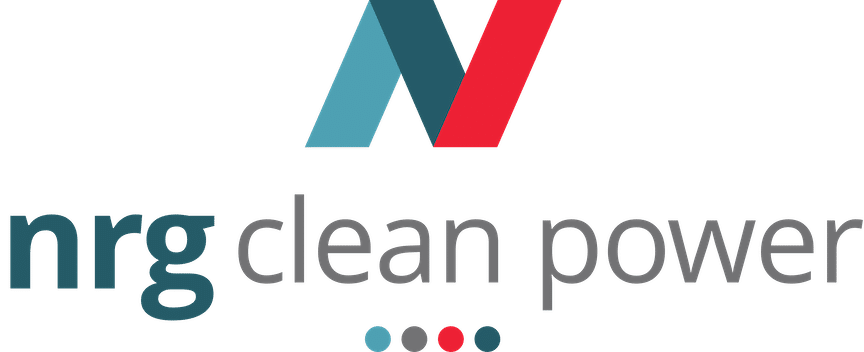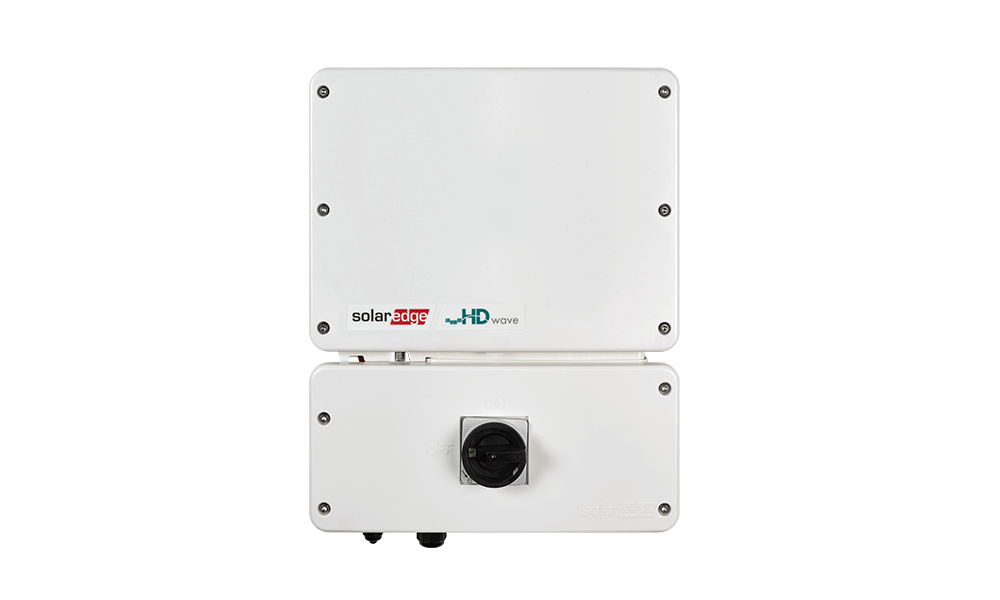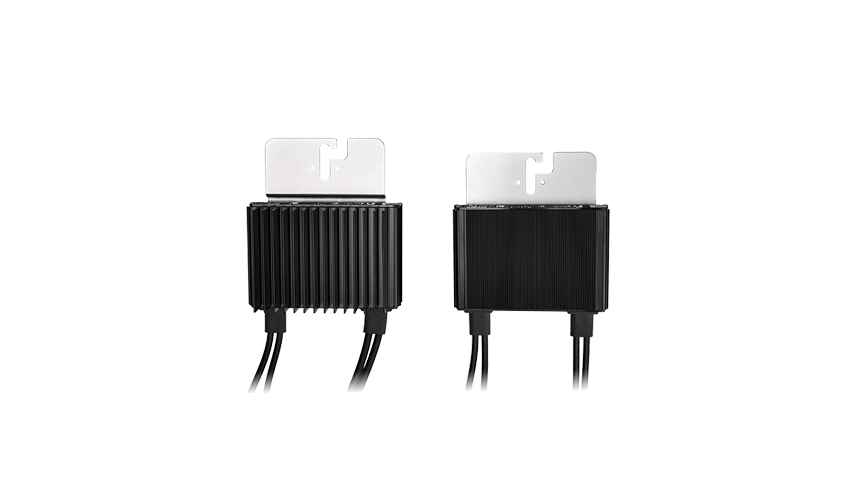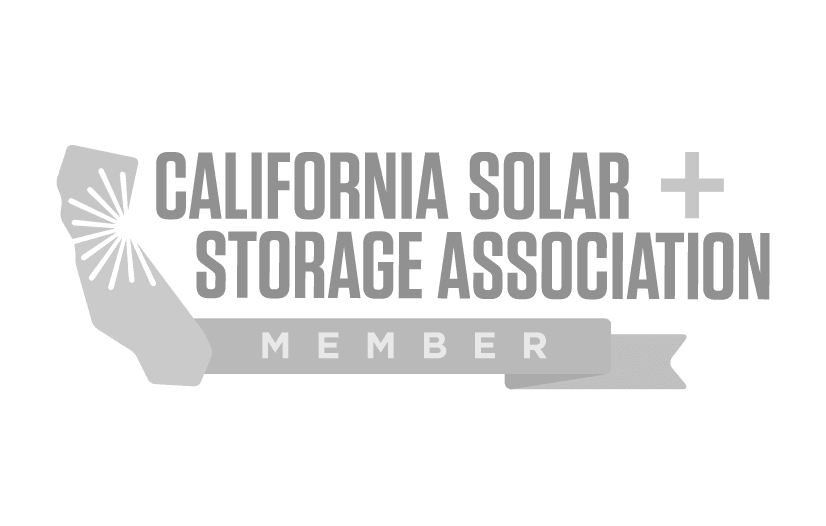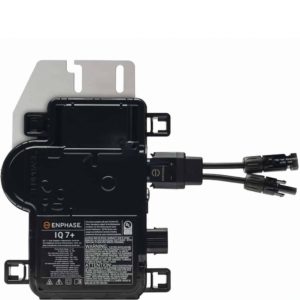
Microinverters - Enphase
Microinverters will help you to accomplish advanced solar panel configuration across vast estates, industrial complexes, and any other facility you can imagine. When looking at microinverters, you’ll find one installed at each solar panel. One of the advantages to this configuration is they convert electricity directly on the roof, This allows for a greater level of customization over the electrical infrastructure on the property. In the instance that one or two panels are in the shade, a system utilizing microinverters would still produce electricity as great as the highest producing panel.
